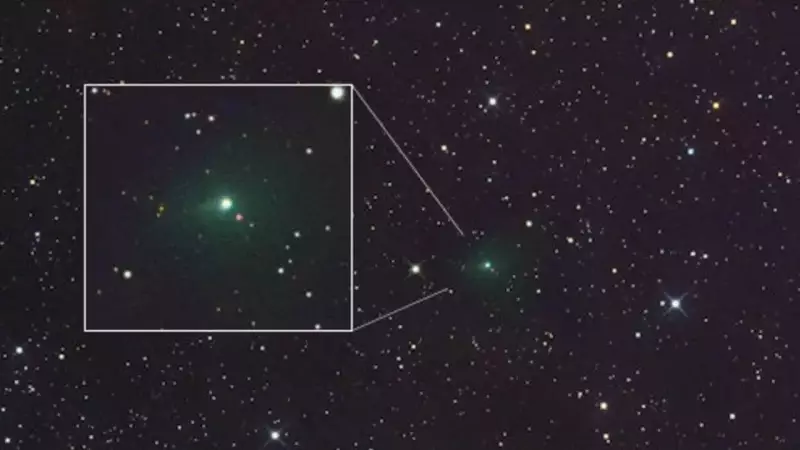
Get ready for a spectacular cosmic show, India! The universe is treating us to a rare celestial visitor - the interstellar comet 3I/ATLAS is currently making its journey through our solar system, and you might just be able to catch a glimpse of this extraordinary phenomenon.
What Makes This Comet So Special?
Unlike regular comets that originate from within our solar system, 3I/ATLAS is an interstellar traveler, meaning it comes from beyond our cosmic neighborhood. This rare visitor has been journeying through space for possibly millions of years before gracing our skies with its presence.
When and Where to Look Up
The comet is currently visible in the night sky, but timing is everything. For the best viewing experience:
- Optimal viewing window: Late evening hours after sunset
- Look towards: The western horizon
- Best conditions: Clear, dark skies away from city lights
Expert Tips for Spotting the Cosmic Wanderer
- Find dark skies: Light pollution from cities can make the comet invisible. Head to rural areas or locations with minimal artificial lighting.
- Use binoculars: While potentially visible to the naked eye under perfect conditions, binoculars will significantly enhance your viewing experience.
- Be patient: Allow your eyes 20-30 minutes to adjust to the darkness for better visibility.
- Check weather conditions: Clear skies are essential. Cloud cover or haze can obstruct your view completely.
- Use astronomy apps: Mobile applications can help you pinpoint the comet's exact location in the night sky.
Why This Event is Making Astronomical History
Interstellar visitors like 3I/ATLAS are exceptionally rare. This comet represents an unprecedented opportunity for both professional astronomers and amateur stargazers to observe an object that originated in another star system. Each observation contributes valuable data to our understanding of the broader universe.
"This is like receiving a cosmic postcard from another star system," explains Dr. Priya Sharma, an astrophysicist at the Indian Institute of Astrophysics. "Studying these interstellar visitors helps us understand the composition of other planetary systems and the processes that shape our galaxy."
Don't Miss Your Chance
Such celestial events remind us of the dynamic nature of our universe. The comet will continue its journey and eventually leave our solar system, making this a truly once-in-a-lifetime viewing opportunity for Indian astronomy enthusiasts.
So mark your calendars, prepare your viewing equipment, and look up - the cosmos is putting on a show just for you!





